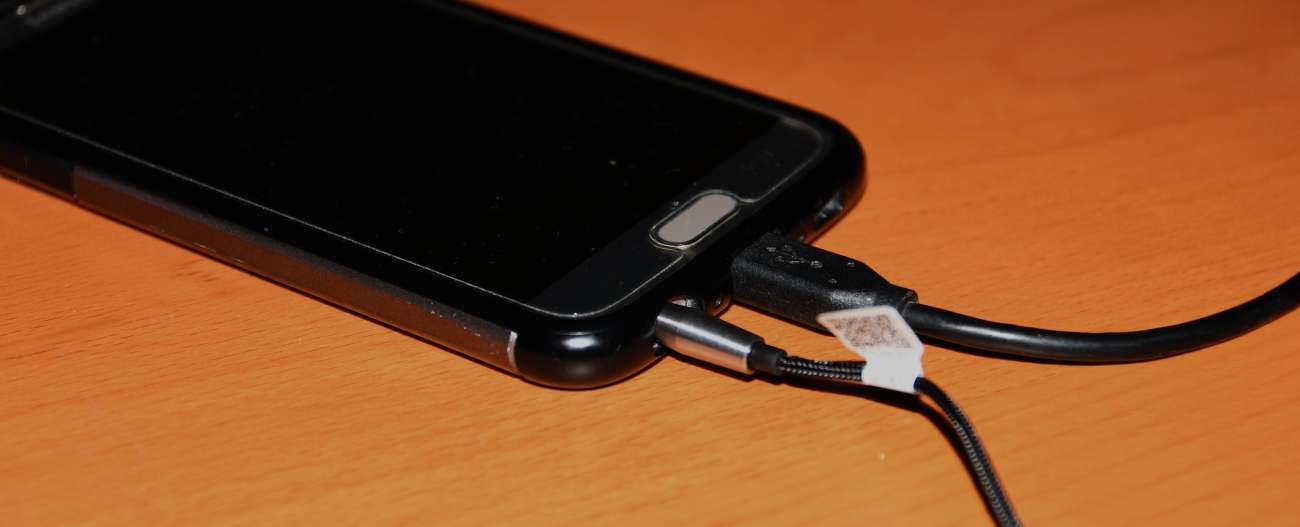Some nine years back, I purchased my first ever Walkman phone, the W850i. It didn’t come with a 3.5mm headphone jack–instead you had to connect a dongle to the phone’s proprietary FastPort, from which you could then attach your own headphones. It wasn’t much of a big deal back then, since I also owned an iPod, and the dongle also served double duty as a microphone. Or perhaps because I didn’t need to charge my phone multiple times per day back then. Even so, the W850i charger had a pass-through port allowing you to charge and listen to your tunes at the same time.
Gradually, as phones started to supplant dedicated audio players, phone manufacturers, including Apple, started placing the 3.5mm jack into their phones.
Which brings us to the iPhone 7. We’re back to square one, in a land of proprietary connectors and the ubiquitous need for dongles.
Phil Schiller calls it “courageous”. He may turn out to be right in the long run, but for now it seems like a foolish move.
In a world where Android smartphones dominate, plus the millions of computers and stereos out there, it is difficult to justify replacing the 3.5mm jack with the Lightning connector. Surely, manufacturers will manufacture headphones with the Lightning connector, but you may very well end up forking out hundreds of dollars on a pair that can only work on select devices from a specific brand. Instead of leaving in a “single-purpose, analogue connector” to save a miniscule amount of space, now you end up with a single device-only item.
And the irony in all these is that all these new Lightning headphones that are poised to flood the market will not be compatible with MacBooks and the such. Talk about a seamless ecosystem.
At the very least, going the USB Type-C route would’ve been more palatable. Or at least implement wireless charging or throw in a free adaptor that would allow me to charge and listen to music at the same time.
On the other hand, perhaps Apple is right in that the move will help wireless audio take off in a big way. Part of the reason why Bluetooth audio remains the way it is today is because there is a lack of impetus to improve. If it ain’t broke, why fix it? In a world where we can have Wi-Fi speeds in excess of 1Gbps, it remains unfathomable as to why we can’t deliver a lossless audio experience without wires.
Whatever it is, it is still undeniable that the way Apple has gone about implementing this is a little half-baked. If they really want to wean people off wires, then give everyone an AirPod and not make them pay $160 for it. Otherwise, it’s hard to justify space savings when everyone has to carry around a dongle (or multiples, if you want to charge your phone at the same time) that’s far bulkier than the millimetres saved.
In this respect, I’m thankful that I’ve made the switch to Android long ago. Now all I have to do is pray hard that Samsung doesn’t fall prey to copying Apple again (remember when they removed the microSD card slot?) and follow suit. Being able to plug in all the time is a godsend especially in a noisy working environment.
Removing the headphone jack isn’t courage. Courage means being unafraid to introduce a phone that’s thicker than the last.

